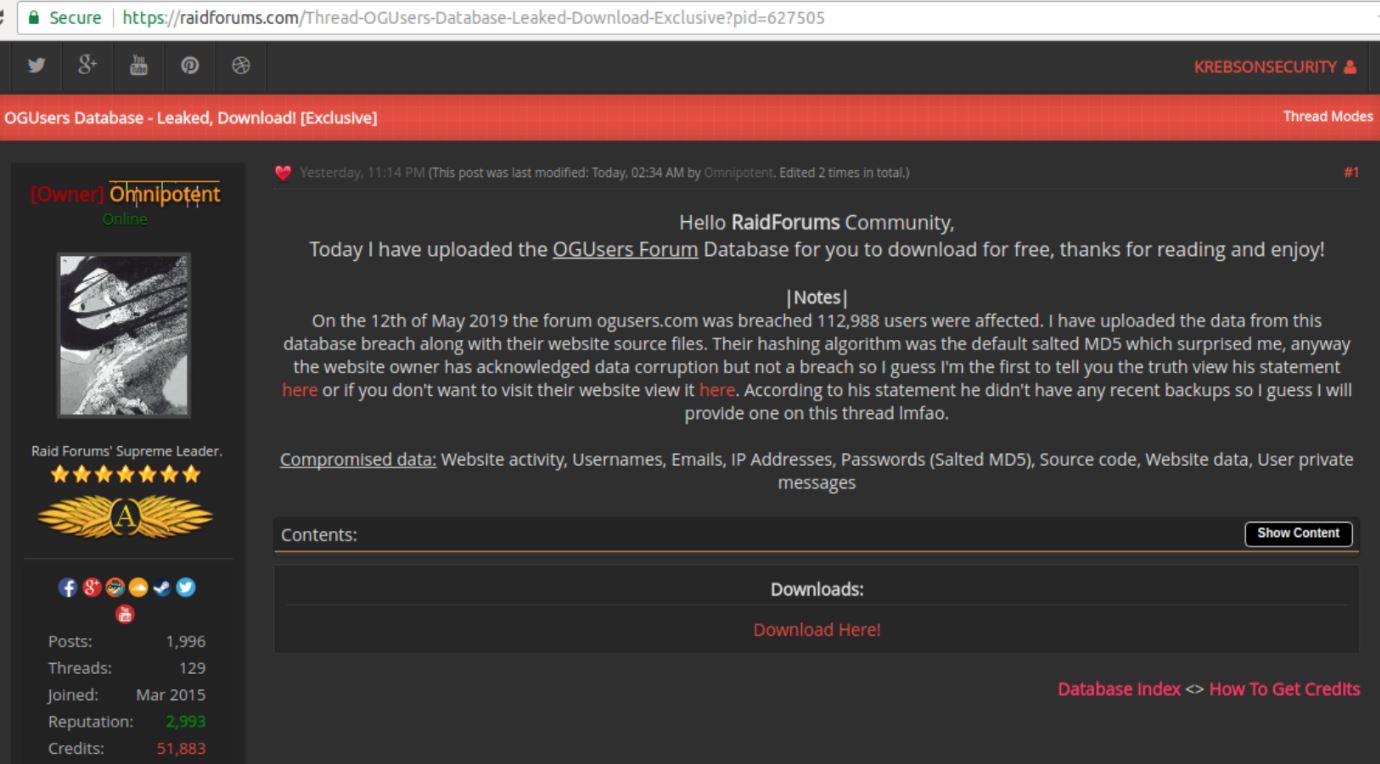Would your average Internet user be any more vigilant against phishing scams if he or she faced the real possibility of losing their job after falling for one too many of these emails? Recently, I met someone at a conference who said his employer had in fact terminated employees for such repeated infractions. As this was the first time I’d ever heard of an organization actually doing this, I asked some phishing experts what they thought (spoiler alert: they’re not fans of this particular teaching approach).
 John LaCour is founder and chief technology officer of PhishLabs, a Charleston, S.C. based firm that helps companies educate and test employees on how not to fall for phishing scams. The company’s training courses offer customers a way to track how many employees open the phishing email tests and how many fall for the lure.
John LaCour is founder and chief technology officer of PhishLabs, a Charleston, S.C. based firm that helps companies educate and test employees on how not to fall for phishing scams. The company’s training courses offer customers a way to track how many employees open the phishing email tests and how many fall for the lure.
LaCour says enacting punitive measures for employees who repeatedly fall for phishing tests is counterproductive.
“We’ve heard from some of our clients in the financial industry that have similar programs where there are real consequences when people fail the tests, but it’s pretty rare across all types of businesses to have a policy that extreme,” LaCour said.
“There are a lot of things that organizations can do that aren’t as draconian and still have the desired effect of making security posture stronger,” he said. “We’ve seen companies require classroom training on the first failure, to a manager has to sit through it with you on the second time, to revoking network access in some cases.”
LaCour said one of the most common mistakes he sees is companies that purchase a tool to launch simulated phishing campaigns just to play “gotcha” with employees.
“It really demotivates people, and it doesn’t really teach them anything about how to be more diligent about phishing attacks,” he said. “Each phishing simulation program needs to be accompanied by a robust training program, where you teach employees what to do when they see something phishy. Otherwise, it just creates resentment among employees.”
Rohyt Belani, CEO of Leesburg, Va.-based security firm Cofense (formerly PhishMe), said anti-phishing education campaigns that employ strongly negative consequences for employees who repeatedly fall for phishing tests usually create tension and distrust between employees and the company’s security team.
“It can create an environment of animosity for the security team because they suddenly become viewed as working for Human Resources instead of trying to improve security,” Belani said. “Threatening people usually backfires, and they end up becoming more defiant and uncooperative.”
Cofense provides a phish reporting system and encourages customers to have their employees flag suspected phishing attacks (and tests), and Belani said those employee reports can often stymie real phishing attacks.
“So what happens a lot of times is a person may click on link in a real phishing email, and three seconds later realize, ‘Oops, I shouldn’t have clicked, let me report it anyway’,” Belani said. “But if that person knew there was a punitive angle to doing so, they’re more likely not to report it and to say, ‘You know what, I didn’t do it. Where’s the proof I clicked on the link?'” Continue reading















